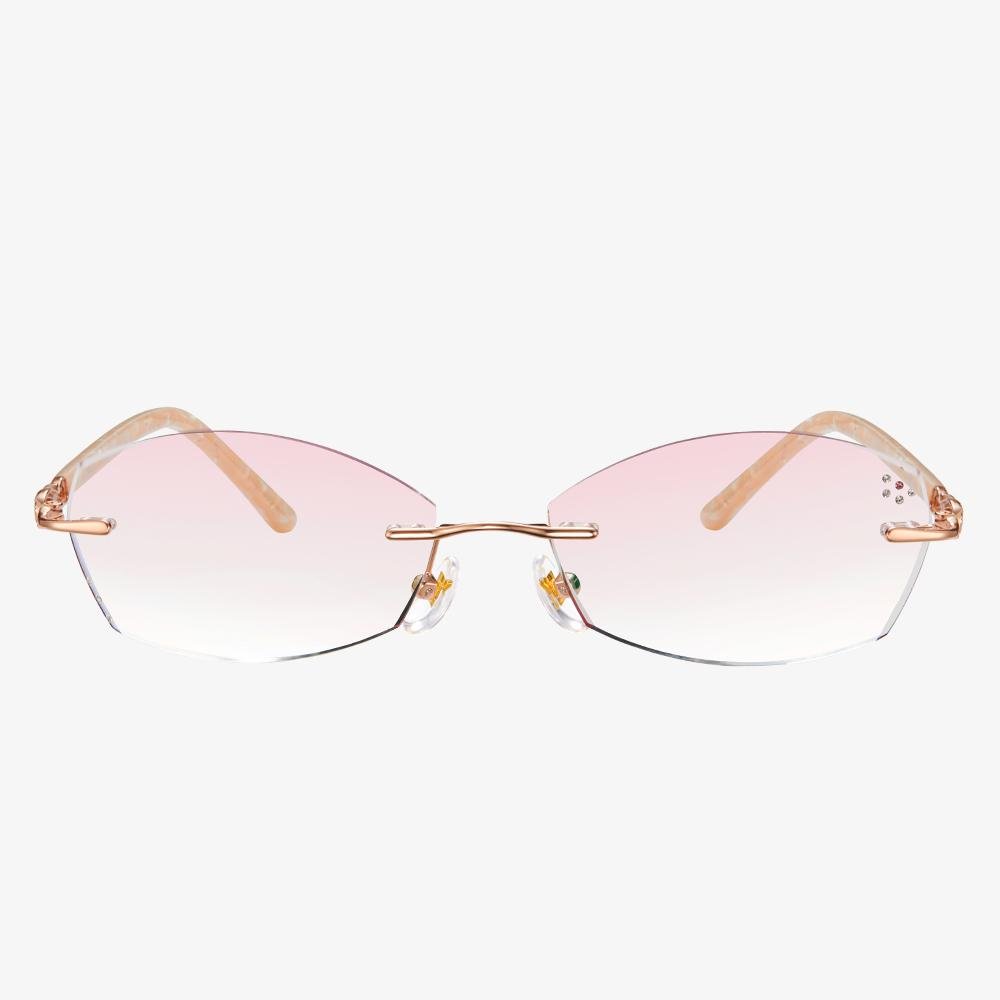Is Anti Glare Worth It?
Is anti glare worth it? To answer this question, you need to know the benefits of the anti glare glasses first. Anti reflective coating and anti glare coating offer many benefits and are definitely worth the extra cost, especially if you find yourself bothered by glare. They can help you see better, look better and feel better.
Here, we will list some of the benefits of the anti reflective coating.
- They can improve your vision by reducing bothersome reflections and glare.
- They can also provide comfort during prolonged computer use as the glasses for computer use.
- They improve visual acuity by allowing more light to reach your eyes.
- They can reduce the effect and symptoms of digital eye strain.
- They make your eyes more visible behind your lenses.
- They provide less glare when driving at night.
So, is anti glare worth it? From the above information, you can find that anti glare glasses or anti reflective glasses are worth the cost.
Blue light blocking glasses lenses and common glasses lenses have different functions.
Blue light-blocking glasses are glasses that prevent blue light from causing irritation to the eyes. Its main function is to prevent the eyes from being affected by this light and from being irradiated. It is suitable for use in extreme working environments. Blue light-blocking glasses are not for everyone. Special anti-blue light glasses can effectively isolate ultraviolet and radiation and can filter blue light. They are suitable for use when using electronic products. And common glasses are used to improve vision, eye protection, and could solve a variety of vision problems, including myopia, farsightedness, astigmatism, presbyopia or strabismus, amblyopia, and so on.
Why should children be more vigilant about harmful blue lights?
The amount of light transmitted to the retina through media such as the cornea, lens, and vitreous is age-related. Blue light poses the greatest risk and damage to the eyes during adolescence. As our eyes' refractive media naturally yellows, more blue light is absorbed, preventing it from reaching the retina. The lens transmittance of children under the age of 10 is more than six times higher than that of adults. It is important to prevent the damage of blue light to children's visual health.
The Disadvantages of Polycarbonate Lens
In this section, we will show you the disadvantages of polycarbonate glasses.
First, the polycarbonate lens is expensive than other regular lenses. It can cost up to double the price of regular eyeglasses.
Second, compared with high-index lenses, polycarbonate glasses have a lower abbe value, which is used to measure the dispersion of light for different eyeglasses lens materials. Polycarbonate lens rates lower mean they have the potential to cause slight chromatic aberrations in your peripheral vision.
Third, compared with Trivex lens, polycarbonate lens has bad durability since they are thinner and lighter.
Does it take time to adjust to progressive lenses?
How long should it take to get used to progressive lenses? I have never worn glasses before.Progressive lenses were developed to allow easy switching between near and far views. Progressive glasses are divided into four parts. The upper part is the far-light region. The lower part is the near-light region, and the middle part is a variable light region. From top to bottom, if the hyperopia film is gradually increased and the myopia film is gradually decreased. The middle variable area is on both sides of the astigmatism area. Because of the prism effect, when you see things, through this area, the object will be blurred, and the eyes will feel uncomfortable. If the height of the frame itself is very small, the transition zone of progressive multi-focus is very narrow, and the eyes may not adapt to the sunglasses. The current design of progressive lenses is still not mature. Imported brands are relatively stable but expensive, and domestic brands are not mature in design. For various reasons, progressive glasses may be difficult to adapt to wearing.
Disadvantages of contact lenses
They require more care than glasses. If you don't clean your contact lenses properly, or if you don't wash your hands before touching them, you could get a serious eye infection. Wearing contaminated contact lenses not only causes damage to your eyes but causes inflammation. If you have high astigmatism, your vision may become blurry when the lenses rotate. And there are a lot of contact lens health risks. There is a lot of news exposed that many informal manufacturers use fake or shoddy materials to make contact lenses, especially for the so-called beautiful contact lens, there are more risks in dyeing and health. The damage to the eyes is unimaginable.
Sales points of note for color changing lens
The discoloration rate of the lens is related to the intensity of ultraviolet light. The stronger the ultraviolet light is, the faster the discoloration rate will be, while the vice versa. The degree of discoloration is related to the ambient temperature. The higher the temperature is, the color of the lens is slightly lighter. Otherwise, the color is slightly darker. With the progress of manufacturing technology, the discoloration rate, especially the fading rate of the discoloration lens has been greatly improved, and the interference of temperature on the color depth is becoming less and less. Either glass or resin lenses react only with ultraviolet light, not visible light, so in some environments, they do not darken.











































